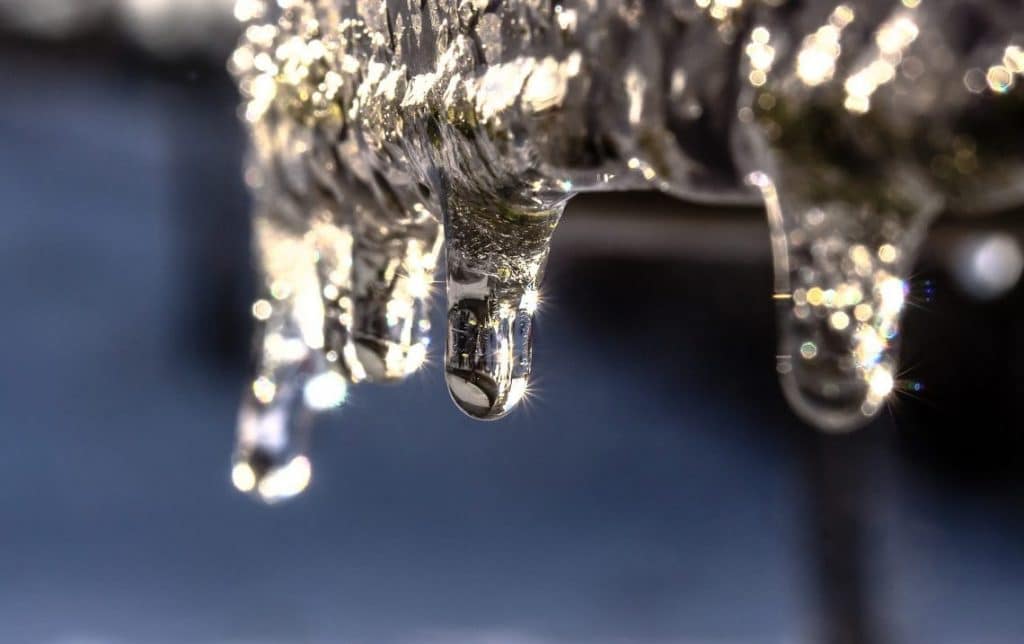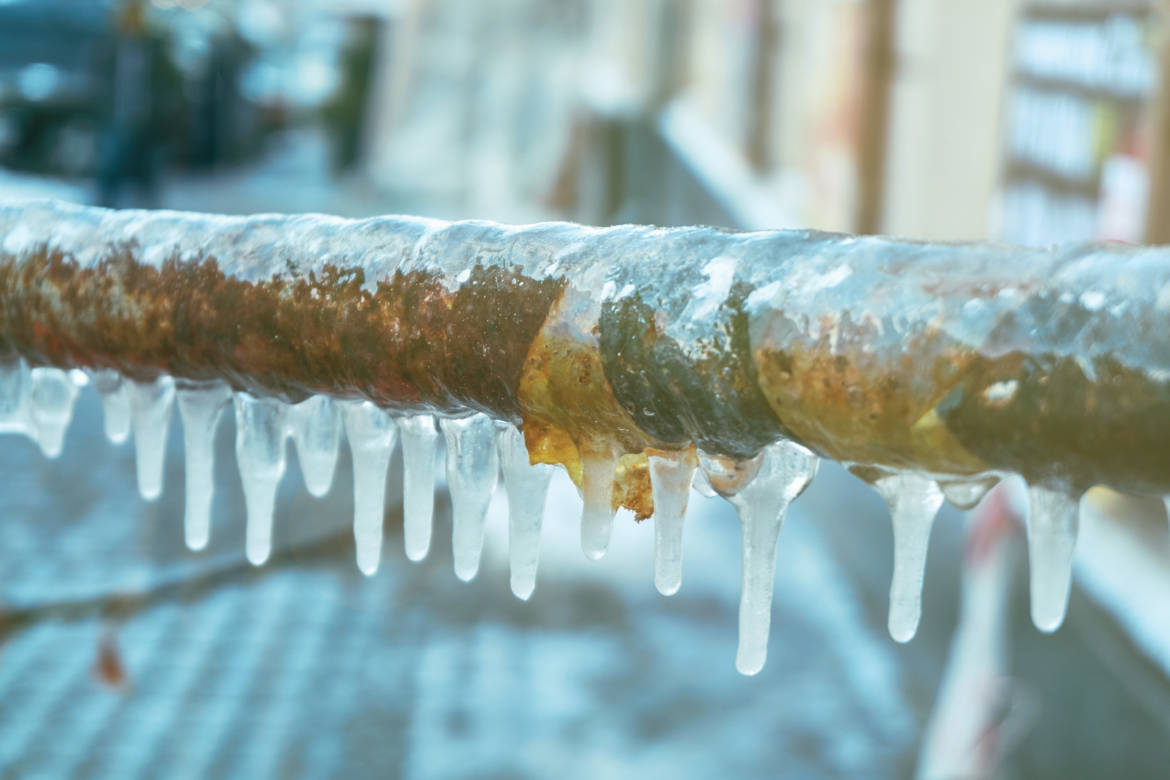Everyone will have their own individual opinion involving How to Prevent Your Pipes From Freezing.

Cold weather can damage your plumbing, specifically by freezing pipes. Below's just how to avoid it from happening and what to do if it does.
Intro
As temperature levels decline, the danger of frozen pipes boosts, possibly bring about pricey repair work and water damages. Comprehending how to stop frozen pipes is crucial for home owners in cool environments.
Avoidance Tips
Insulating susceptible pipelines
Wrap pipes in insulation sleeves or use warmth tape to secure them from freezing temperature levels. Focus on pipes in unheated or outside locations of the home.
Heating strategies
Keep indoor spaces adequately heated, specifically areas with plumbing. Open up cupboard doors to permit cozy air to flow around pipelines under sinks.
Exactly how to identify icy pipes
Try to find decreased water flow from taps, unusual odors or sounds from pipelines, and noticeable frost on revealed pipes.
Long-Term Solutions
Structural modifications
Think about rerouting pipelines far from outside walls or unheated locations. Include extra insulation to attic rooms, basements, and crawl spaces.
Updating insulation
Purchase high-grade insulation for pipes, attics, and wall surfaces. Appropriate insulation aids maintain consistent temperatures and minimizes the danger of frozen pipes.
Safeguarding Outside Plumbing
Garden hose pipes and outdoor faucets
Separate and drain pipes garden pipes before wintertime. Install frost-proof spigots or cover outdoor taps with insulated caps.
Understanding Frozen Pipelines
What triggers pipes to ice up?
Pipelines freeze when revealed to temperature levels below 32 ° F (0 ° C) for extended durations. As water inside the pipes freezes, it broadens, taxing the pipe walls and possibly creating them to rupture.
Dangers and problems
Icy pipes can lead to water system disturbances, home damages, and pricey fixings. Burst pipes can flood homes and trigger considerable architectural damages.
Indications of Frozen Pipes
Identifying icy pipes early can avoid them from breaking.
What to Do If Your Pipes Freeze
Immediate activities to take
If you think frozen pipes, maintain faucets open up to alleviate stress as the ice thaws. Use a hairdryer or towels soaked in hot water to thaw pipes slowly.
Verdict
Stopping frozen pipelines calls for proactive steps and quick actions. By recognizing the reasons, indicators, and preventive measures, property owners can safeguard their plumbing throughout cold weather.
5 Ways to Prevent Frozen Pipes
Drain Outdoor Faucets and Disconnect Hoses
First, close the shut-off valve that controls the flow of water in the pipe to your outdoor faucet. Then, head outside to disconnect and drain your hose and open the outdoor faucet to allow the water to completely drain out of the line. Turn off the faucet when done. Finally, head back to the shut-off valve and drain the remaining water inside the pipe into a bucket or container. Additionally, if you have a home irrigation system, you should consider hiring an expert to clear the system of water each year.
Insulate Pipes
One of the best and most cost-effective methods for preventing frozen water pipes is to wrap your pipes with insulation. This is especially important for areas in your home that aren’t exposed to heat, such as an attic. We suggest using foam sleeves, which can typically be found at your local hardware store.
Keep Heat Running at 65
Your pipes are located inside your walls, and the temperature there is much colder than the rest of the house. To prevent your pipes from freezing, The Insurance Information Institute suggests that you keep your home heated to at least 65 degrees, even when traveling. You may want to invest in smart devices that can keep an eye on the temperature in your home while you’re away.
Leave Water Dripping
Moving water — even a small trickle — can prevent ice from forming inside your pipes. When freezing temps are imminent, start a drip of water from all faucets that serve exposed pipes. Leaving a few faucets running will also help relieve pressure inside the pipes and help prevent a rupture if the water inside freezes.
Open Cupboard Doors
Warm your kitchen and bathroom pipes by opening cupboards and vanities. You should also leave your interior doors ajar to help warm air circulate evenly throughout your home.

I'm certainly very occupied with 6 Ways to Prevent Frozen Pipes and I really hope you enjoyed reading the new page. Those who enjoyed our blog post plz make sure you remember to share it. Thanks a lot for your time spent reading it.
Call Today